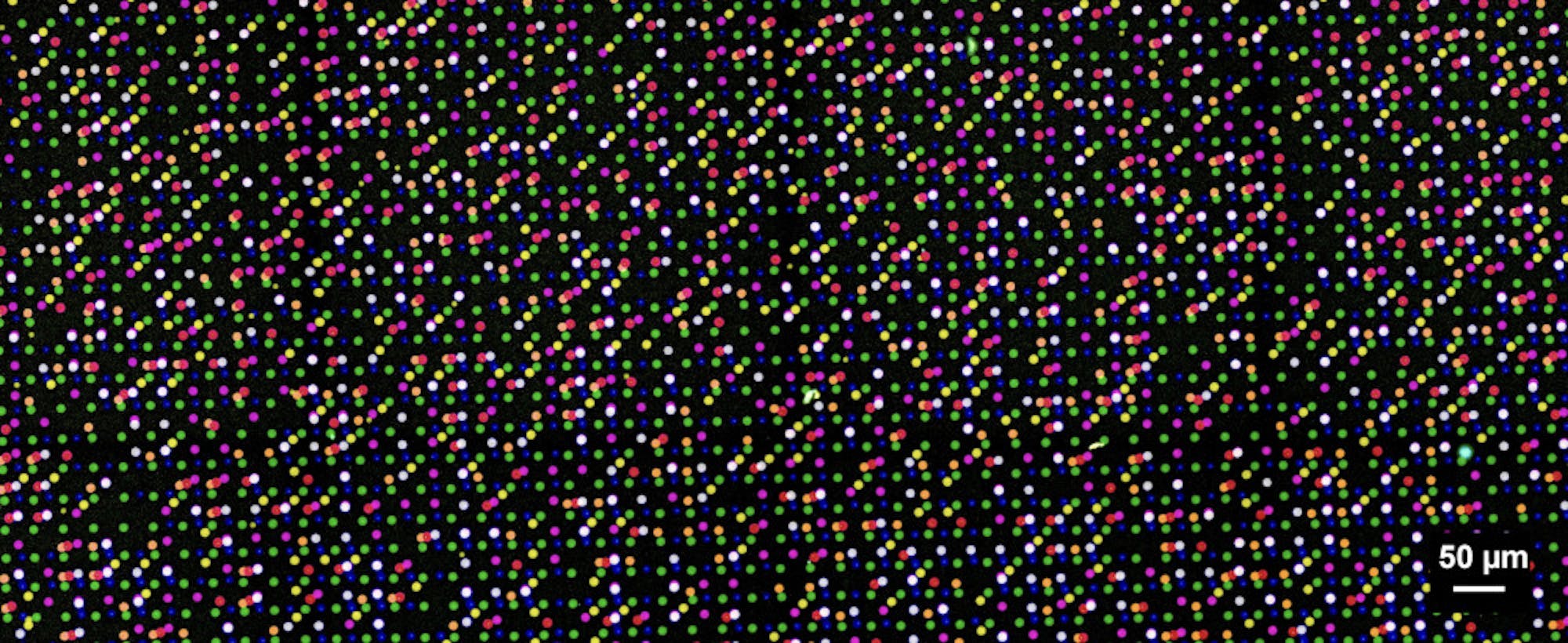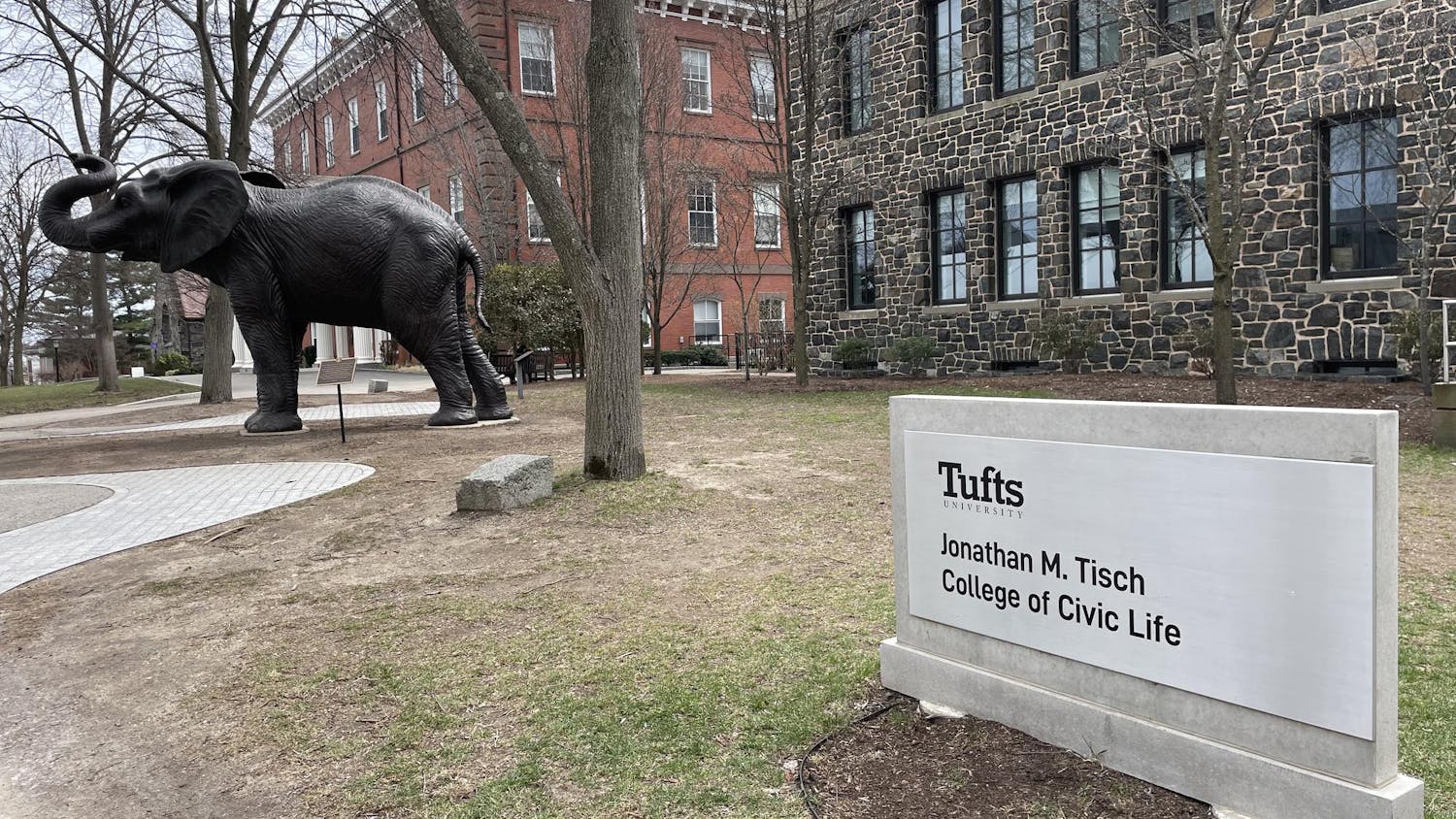An estimated 14 billion kilowatt-hours of electricity were used in 2020 to store data, which is the same amount of annual energy used by 1.27 million U.S. homes. To help reduce the amount of energy that data storage uses, a new technique that uses glowing fluorescent molecules has been developed by researchers from Harvard University and Northwestern University.
The current standard for data storage is magnetic tape, which stores data based on the orientation of small magnetic regions in a metal. While magnetic tapes are prominent, they suffer from a few drawbacks. Magnetic tapes remain stable for only 10 to 30 years — after this time, the information may become inaccurate or not readable — and require huge amounts of energy. Because of these disadvantages, scientists have been looking to develop new data storage techniques.
While a few different techniques have gained momentum recently — such asstoring data with DNA — a group of scientists at Harvard University and Northwestern University have thrown their hat into the ring and developed a unique new data storage strategy. Their work revolves around fluorescent molecules that glow if you shine a light on them. When these molecules are printed onto an epoxy resin — essentially the “paper” if the fluorescent molecules are the “ink” —they can be read as data by computers, the researchers described last month in a paper in ACS Central Science.
Computers understand data as 0s and 1s. If a molecule is printed onto the epoxy resin, that represents a 1, while no molecule represents a 0. Because the molecules glow when a light is shone on them, their presence can be determined visually. So the molecules can be printed to “write down” the information, and then a special device for detecting the glow of the molecules can be used to “read” it.
To store complex information, different colored molecules are needed. Then, large amounts of information can be stored by printing grids of dots with multiple colors. For example, each row on a grid can be designed to encode an individual letter. Reading the entire grid, top-to-bottom, would represent a word.
One interesting feature of this technique is that the grids of individual colors do not need to be aligned next to each other. If red and blue are the colors used, then so long as all the red dots are aligned and all the blue dots are aligned, it is not as important that the red and blue dots are together. This feature leads to the multicolor polka dot patterns that can be seen when the molecules glow. George Whitesides, a chemist at Harvard University and one of the authors of the paper, described that this came as somewhat of a surprise.
“In retrospect, we observed it and then sort of worked out why it happened,” Whitesides said. “I had not thought about it and planned for getting it.”
Whitesides explained that the flexibility of the grid gives this technique some extra advantages. For example, different patterns could be used to give an extra layer of security.
“It’s also interesting from the point of view of cryptography,” Whitesides said. “Where you put the dots, it’s less a question of alignment, and more a question of the structure of the coding you’re using.”
Because this fluorescent-molecule technique is new, researchers have not yet been able to fully explore its long-term stability (how many years it will accurately hold information).
However, there are encouraging signs. The molecules are attached to the epoxy resin with an amide bond, which is a very stable chemical bond. While this bond is not the only factor at play, its stability will help the overall technique stability. Additionally, the researchers were able to read the information many times with only slight reductions in the glow of the molecules.
Whitesides also explained that this technique performs better in terms of energy, partially because the molecules are easier to store in response to adverse environmental conditions, like humidity.
“One of our motivations in the beginning was, ‘Can we store information in a way that doesn’t require as much energy,’ which this [technique] does,” Whitesides said.
With these benefits, it appears that fluorescent molecules could be the way to go, though some researchers believe more time may be needed for exploration. Jean-François Lutz, a chemist and research director at the French National Centre for Scientific Research, offered his thoughts about this technique.
“We don’t really know if these [molecules] could be stored for maybe 5, 10, 20 years, or if they are unstable in months,” Lutz said. “This is not really clear for the moment … The system was really nicely optimized, but, like for any new technology or material, you have a lot of questions.”
While there are still questions to answer, this technique is a contender to improve data storage. It is unclear which technique will win out in the long run, but Whitesides remained optimistic.
“Technology works best when you have competing methods that are being developed at the same time and you see what turns out to be good for what,” Whitesides said.






